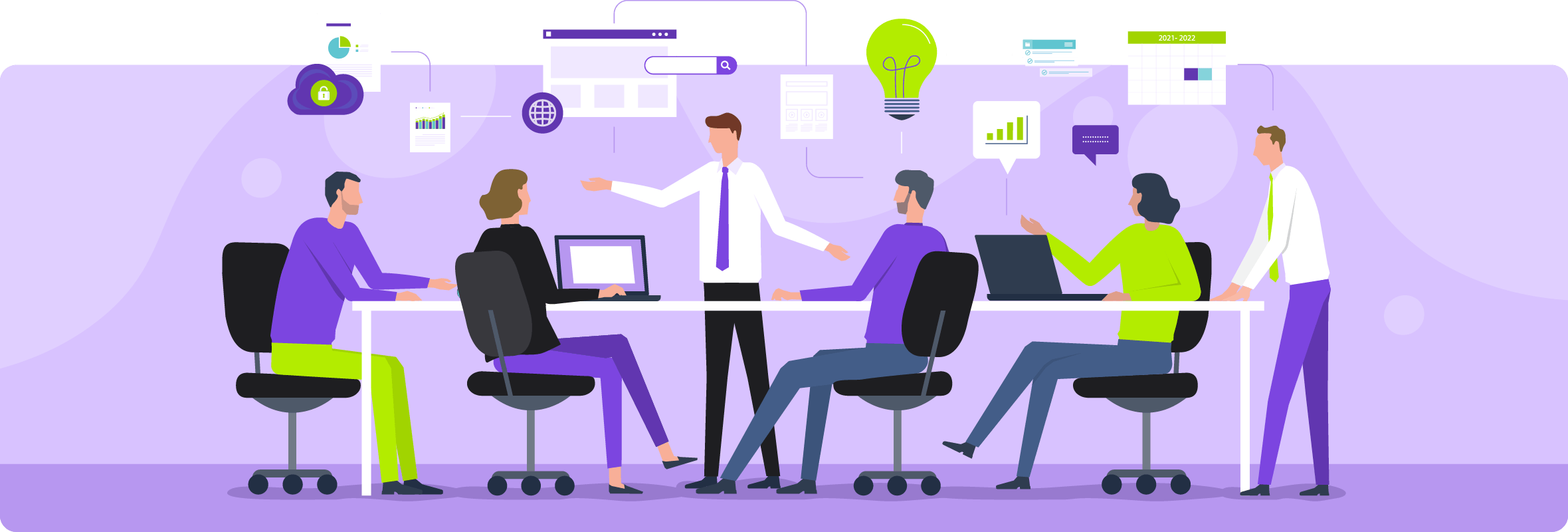Implementation can be split into three separate buckets: data migration, setup and configuration, and training.
When it comes to implementation, vendors may make a wide range of promises. But what they are actually prepared to do for you may be more limited. You need to understand the different levels of detail offered with each facet of implementation when it comes time to determine what is best for your firm.
Data Migration
Data migration is the process of taking all of your client and firm data from your previous software and moving it to your new software. This can include everything from client data, calendars, and documents to billing and accounting data.
To help convince you to sign with them, some software vendors will try to entice you by offering a free basic data migration. This type of migration is performed using a preconfigured wizard and does not include custom fields or billing data. You won’t end up with all of your information in the new system and you will likely have to go back and clean up some data. But if you’re trying to save money and these drawbacks don’t bother you, this is a great option.
However, if you have over 10 employees and you’ll be billing out of your new software, there is a good chance you’ll need an advanced conversion that requires a conversion specialist.
The software company may offer advanced conversion in-house or may require a certified partner. An advanced conversion will include all of your client information along with some level of billing data, including billed time entries, billed expense entries, bills, payments, credits, and trust transactions.
The bottom line: You’ll want to get a feel from the vendor regarding the level of data conversion they’ll provide, and at what cost.
Setup and Configuration
Setup and configuration costs depend on how much you’re trying to customize the software. Some legal practice management software programs offer in-depth customization while others limit you to more static offerings. Some customizable areas include form layouts, custom fields, reports, workflows, and bill layouts.
Unlike data migration, this is an area you can get away with spending less at first if you need to save money. You can always configure the software gradually as time goes on and needs arise. Take the time to map out your goals for your new software in order to figure out what needs to be done right away and what can wait.
Training
Training is essential to successful adoption, end of the story. And you guessed it, good training usually comes with a price tag. When software vendors promise free training, it is extremely limited in nature. You won’t be able to choose when the trainer comes in and you may be stuck with the trainer even if they’re not a good fit for your team. The training may also be as basic as previously recorded training videos.
Approaching training the right way can help ensure you get the most out of your technology investment.
Change can be hard; that’s not a new fact. When it comes to new technology at your firm, change can trigger a whole host of negative feelings among staff, but it doesn’t have to be such a pain point.
One aspect of new technology that seems to be met with overwhelming resistance is training. If you can foster a mindset that training is one piece of a holistic project vs. an unavoidable burden, you can set your firm up for success on your new system. Proper training bridges the gap between the promise of a good purchase and the reality of successful integration.
Let’s look at five key elements of a training program that can help you get the most out of your technology investment.
Leadership Buy-In
First and foremost, the leaders in a firm need to be advocates for the training. Partners and firm administrators know exactly what they want to achieve with the software, and that information should always travel from the top down. Overall success can largely be controlled by the expectations that upper management sets early on.
The Right Training Style
Firms can choose to structure training sessions in a variety of ways. For firms looking to adopt best practices for a new cloud-based management system, instructor-led training and group discussion are both ideal types of training.
Micro-Learning
The hope for any training program is that your staff retains what they learn. Studies show that if a training session surpasses one hour, we retain less than half of the total information presented. The best way to combat this is to break your training into bite-sized sessions. Avoid trying to teach everything all at once or you can guarantee that your staff’s retention will be less than noteworthy.
Relevance of Information
Organize training sessions by content and associated roles. The best way to maximize engagement is to provide training material that is relevant to the work each person is expected to produce. Don’t force your administrative assistants to sit through training about accounting unless their roles involve that aspect of the software in some way.
A great strategy for keeping the information in your training relevant is to include your firm’s own data in the sessions. You can combat the foreign nature of the new software with the familiarity of known data. When new users see the information they already know in place, it supports their ability to grasp the concepts you’re teaching faster.
Reinforcement
Once you get past the initial training sessions, you may be fooled into thinking the most important part is over. Alas, reinforcing that information is just as crucial to ensuring everyone is using the software correctly, avoiding bad habits, and maximizing the potential of your investment.
Simple steps – like hosting a Q&A session once a week or providing a resource library with videos and guides – will go a long way in preparing your team for issues down the road. Review best practices regularly and streamline supplemental sessions to focus on specific questions to improve adoption time and reduce instances of user error in the future.




